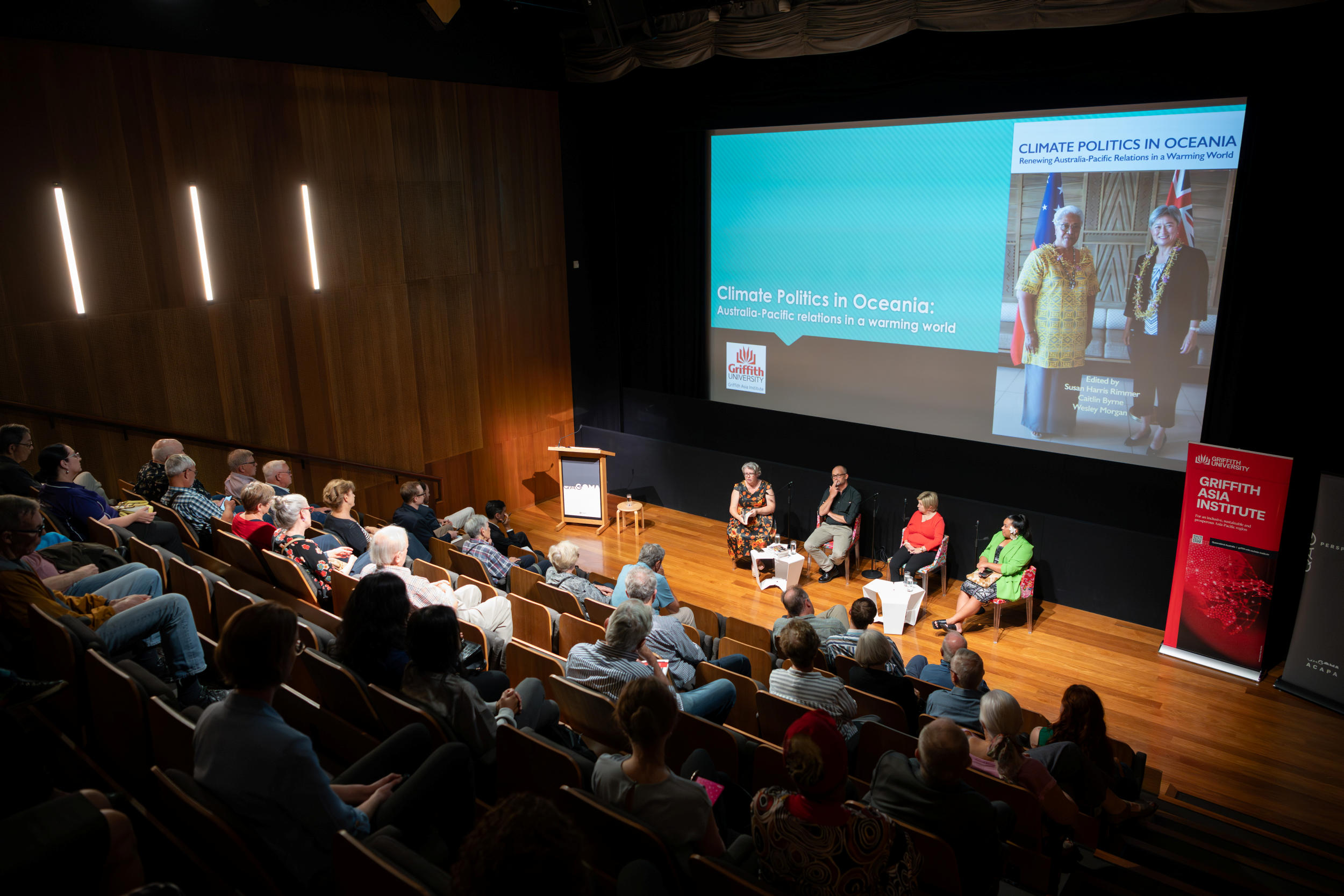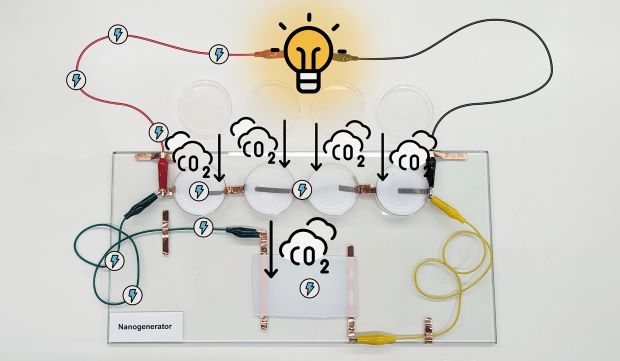The Morrison Government today marks 10 years since the establishment of NBN with 99% of premises now in design, construction or able to order a service.
Today:
- 75% of Australian premises can order an NBN service[1]
- 92% of regional Australian premises can order an NBN service
- 8.7 million Australian premises can order an NBN service
- 5 million Australians have taken up an NBN service
- Australia ranked 7th for broadband affordability among 22 countries analysed[2]
- NBN is on track for completion by the target year of 2020 (first estimated in 2014)[3]
- NBN is on track to be completed for $51 billion dollars (consistent with the peak funding range outlined in the Corporate Plan issued in August 2015)[4]
Already:
- NBN has contributed $1.2 billion in GDP
- NBN has supported the creation of up to 5,400 new businesses
- NBN has supported the creation of up to 2,900 new jobs[5]
- At Completion:
- Australia will be the first continent in the world to be fully connected to fast broadband
- NBN will have a minimum mandated speed of 25mbps
- 90% of the fixed line network will be able to achieve at least 50mbps
- 70% of the fixed line network will be able to achieve 100mbps
- Half of the entire network will be gigabit capable.
- NBN is estimated to generate an additional $10.4 billion of GDP by 2021[6]
How:
- Labor took a theological approach to the NBN rather than a technological approach. This saw only 51,000 premises connected after 4 years of Labor and $6 billion dollars spent
- The Coalition looked at how the rest of the world was rolling out broadband. Countries like the USA, UK, Germany and France use a multi-technology mix
- The Coalition’s mandate for the NBN was to use the technology that made sense in a given area to see NBN rolled out fastest and at lowest cost
- Through multi-technology approach the NBN will be completed 6-8 years sooner and at $30 billion dollars less cost than would have been the case under Labor
- Australians on average would have paid $500 a year more for their home internet under Labor’s approach
- Labor’s last corporate plan had an internal rate of return (IRR) of 7 per cent off a higher cost base compared to the current modest IRR of 3.2 per cent
- Labor’s plan was for Australians to pay significantly more for their annual household internet bill
[1] https://www.nbnco.com.au/corporate-information/about-nbn-co/updates/dashboard-february-2019
[2]https://www.nbnco.com.au/content/dam/nbnco2/images/blog/190306%20NBN%20Broadband%20Affordability_FINAL.pdf
[3] https://www.nbnco.com.au/content/dam/nbnco2/documents/nbn-co-corporate-plan-2014-17-Nov11.pdf
[4] https://www.nbnco.com.au/content/dam/nbnco2/documents/nbn-corporate-plan-2016.pdf
5-6 https://www.connectingaustralia.com.au/pdf/Connecting_Australia_Report.pdf
/Public Release. View in full here.







